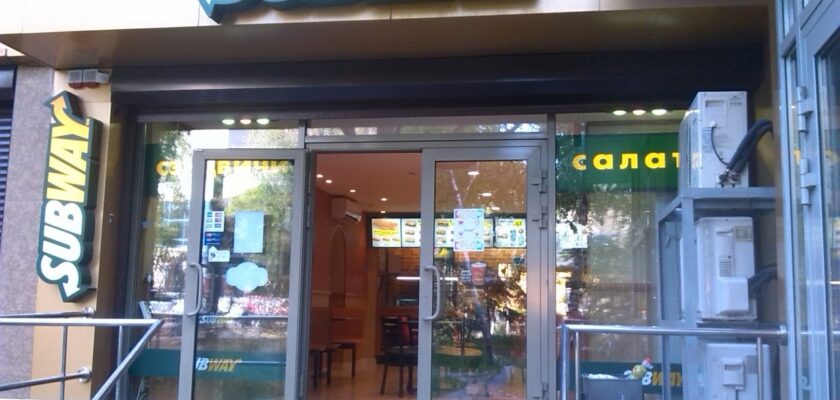Bolshaya Sadovaya Street of Rostov-on-Don
Bolshaya Sadovaya Street in Rostov-on-Don is one of the oldest and most beautiful streets in the city. There are quite a few sights on it. The street stretches for 3.7 km from the tributary of the Don – the Temernik River to the green park named after the October Revolution. Previously, the center of Rostov-on-Don was the picturesque Cathedral Square, and Bolshaya Sadovaya Street occupied the outskirts of the city, where gardens grew, so it got its name. During the Soviet era, the street was named after Friedrich Engels, but in the 1990s it was returned to its former name.
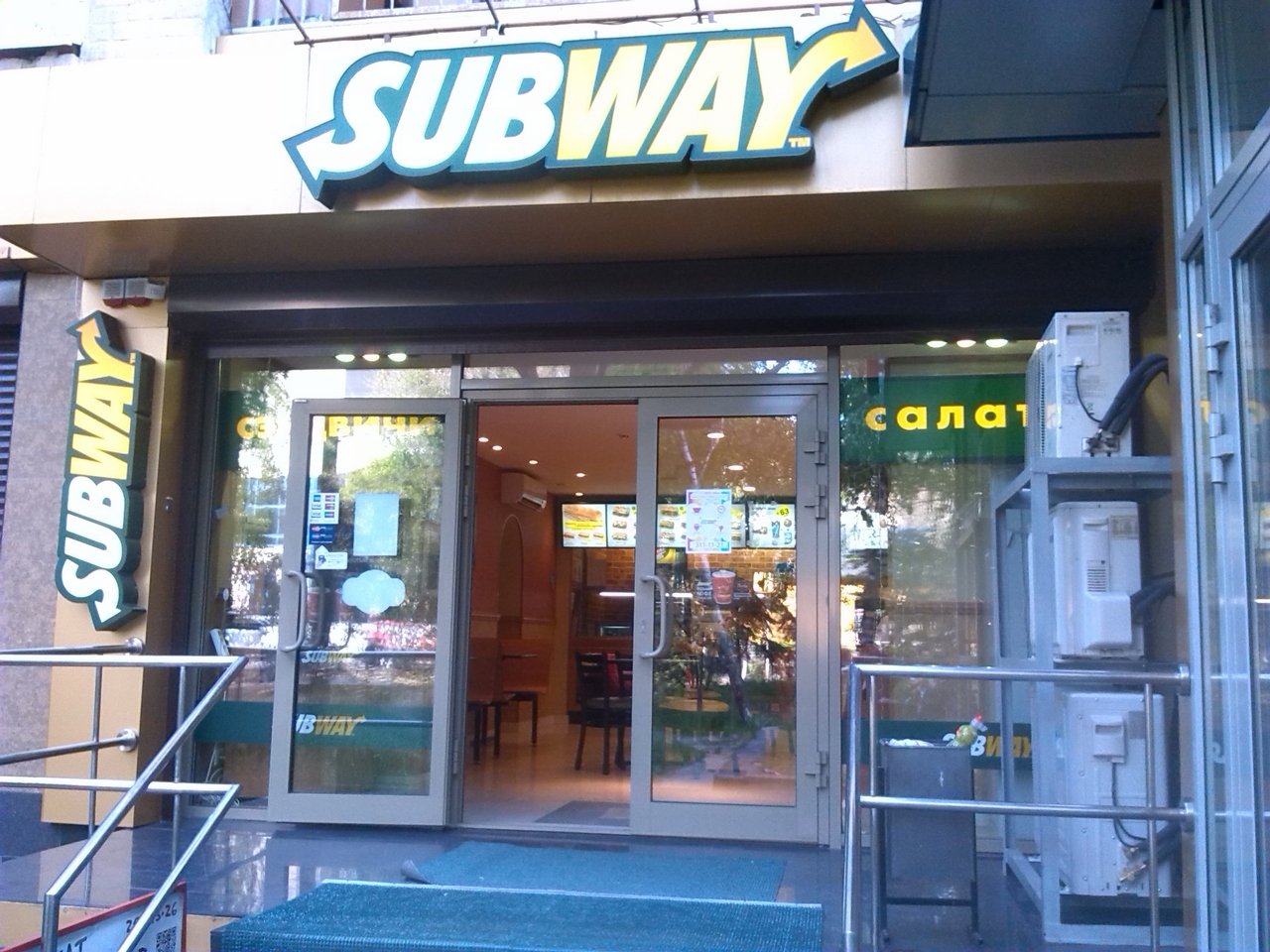
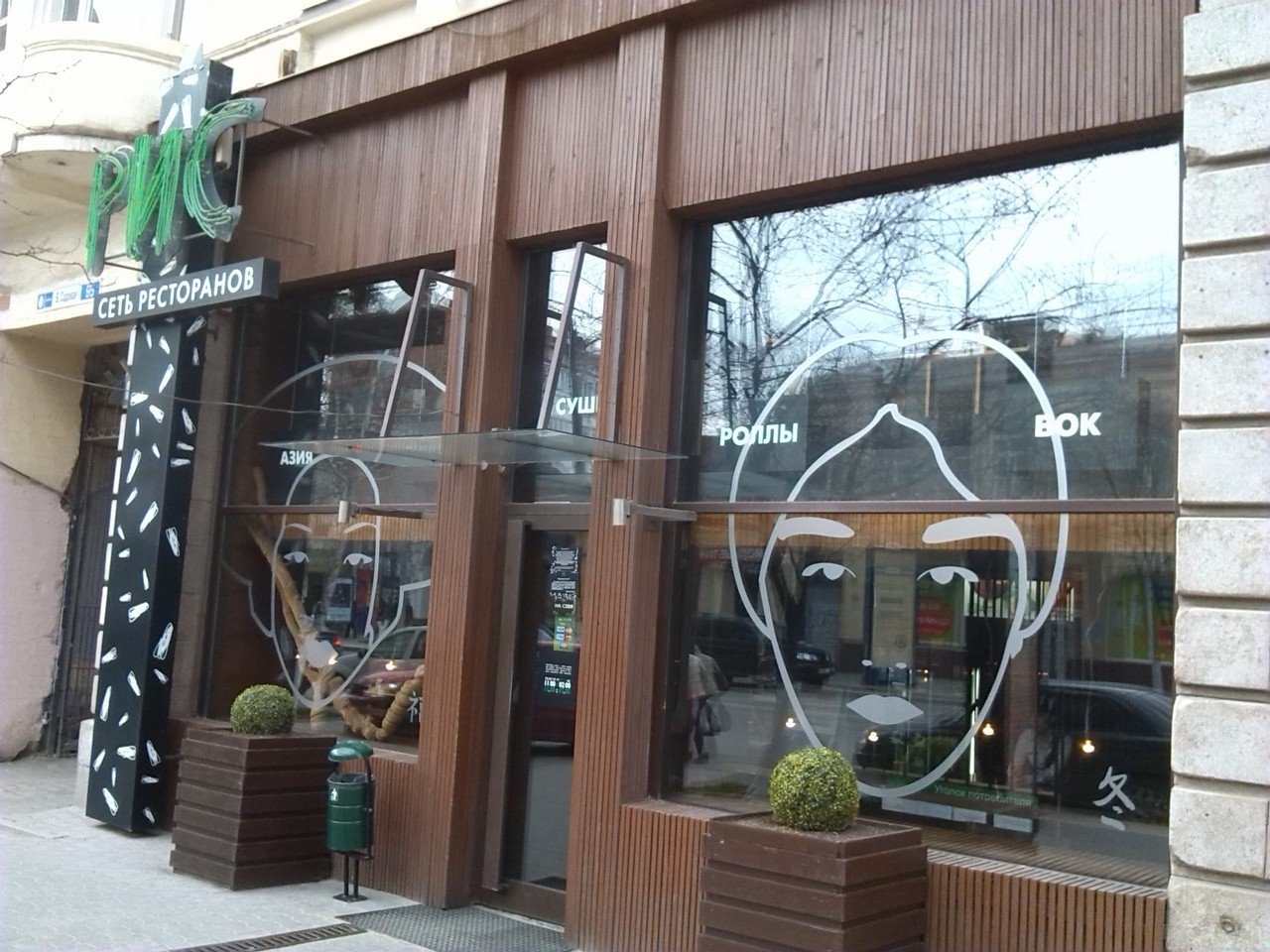
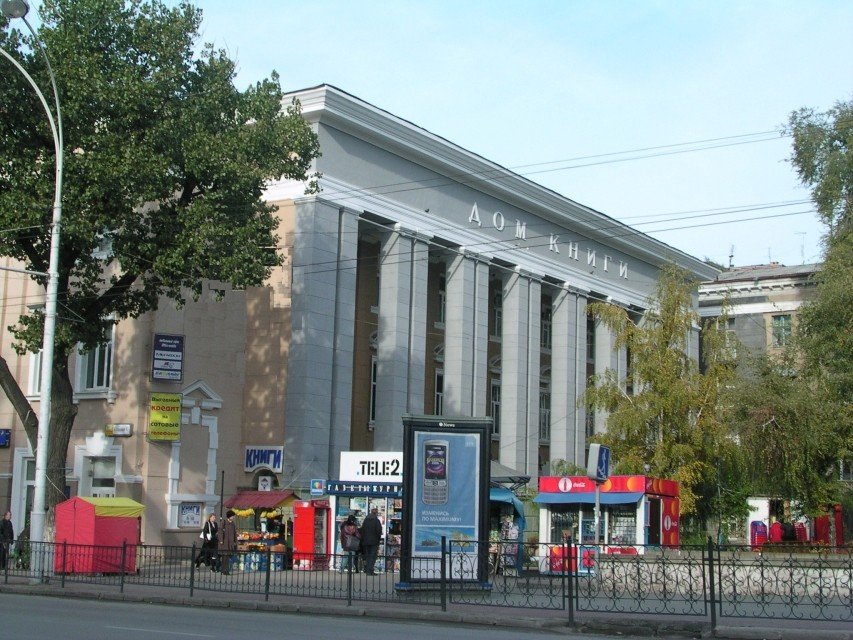
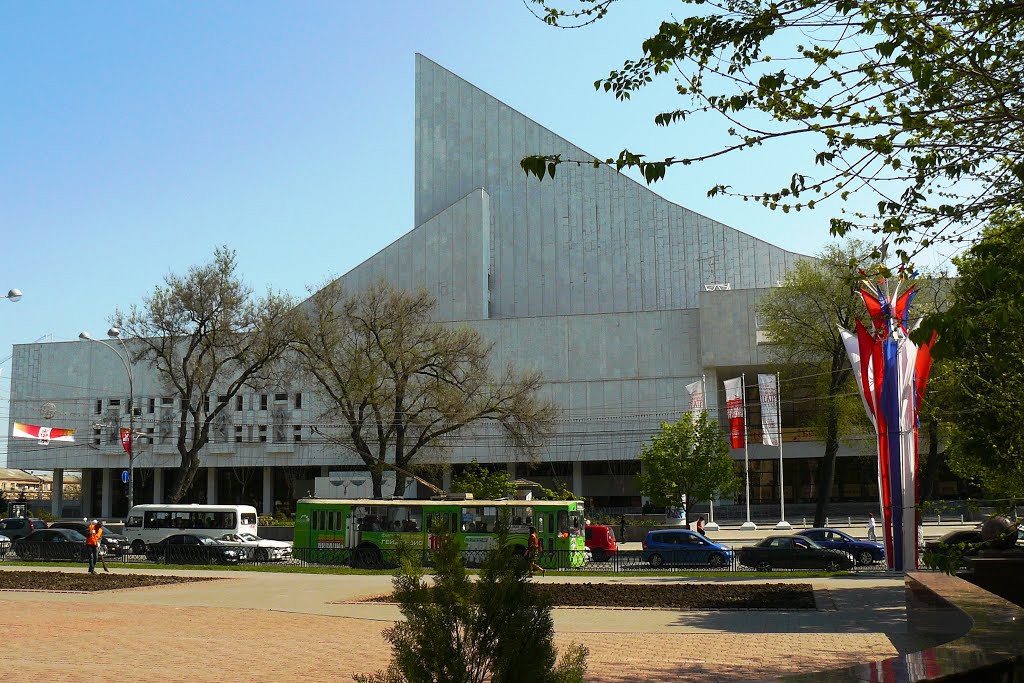
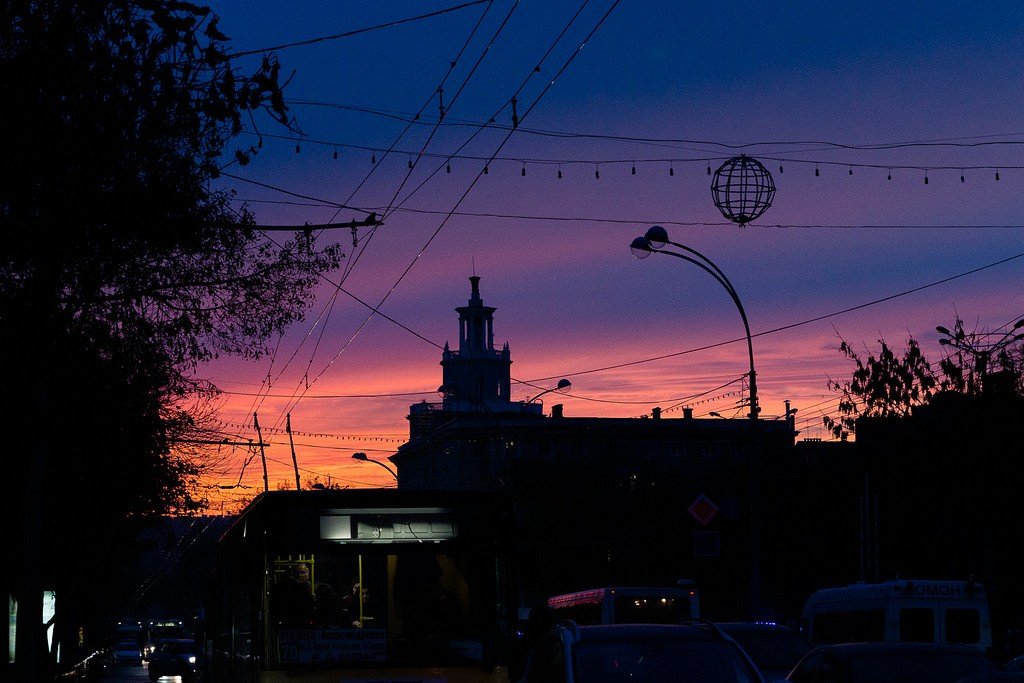
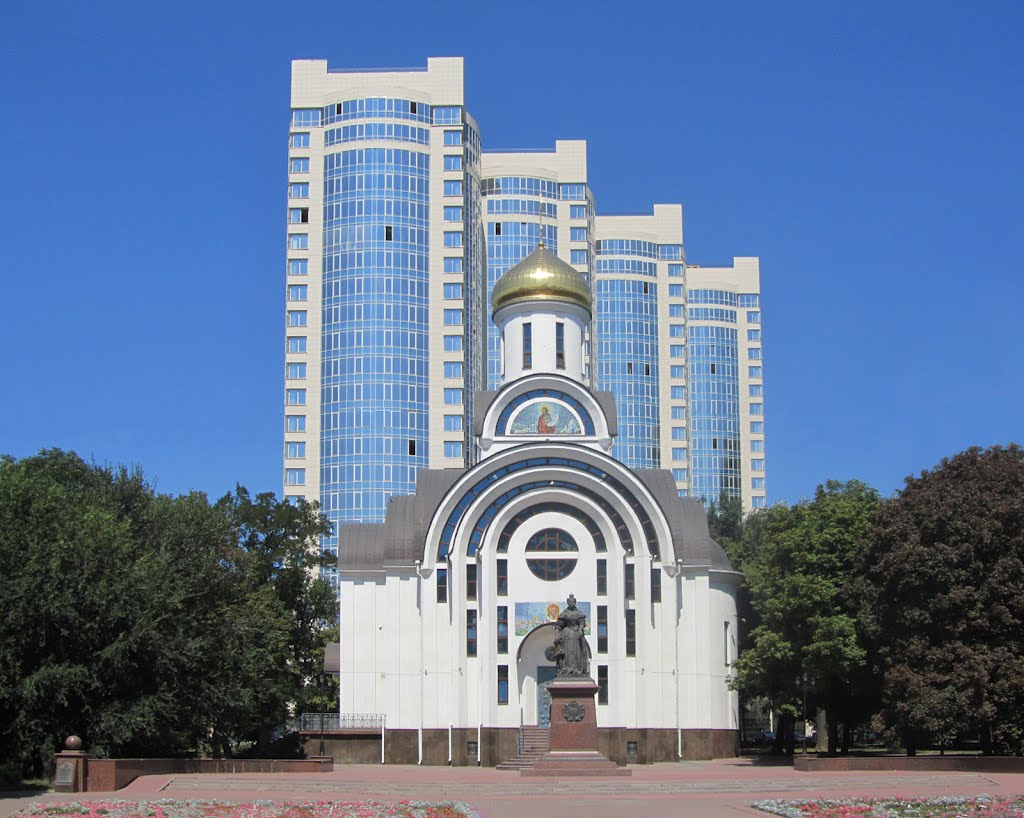
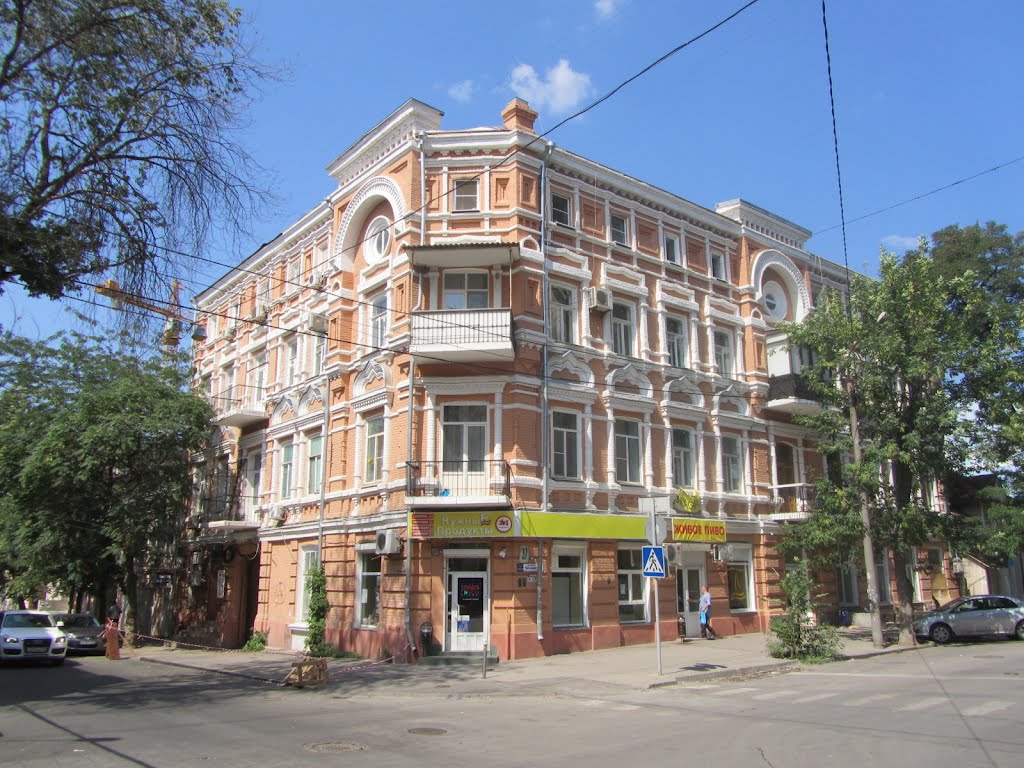
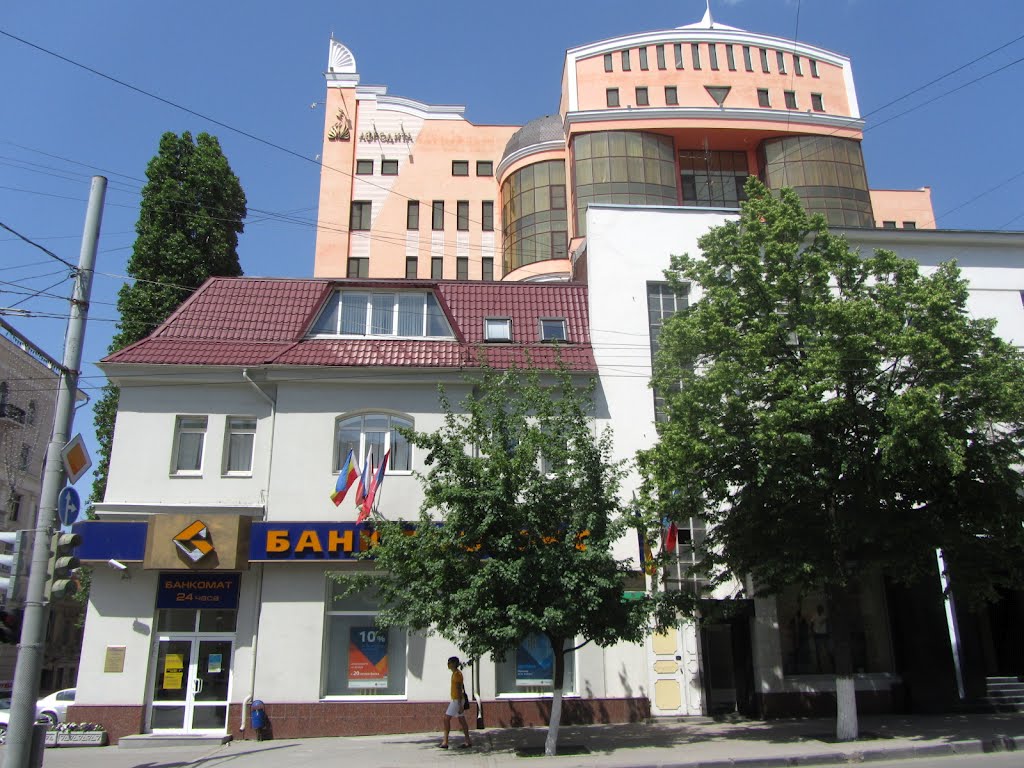
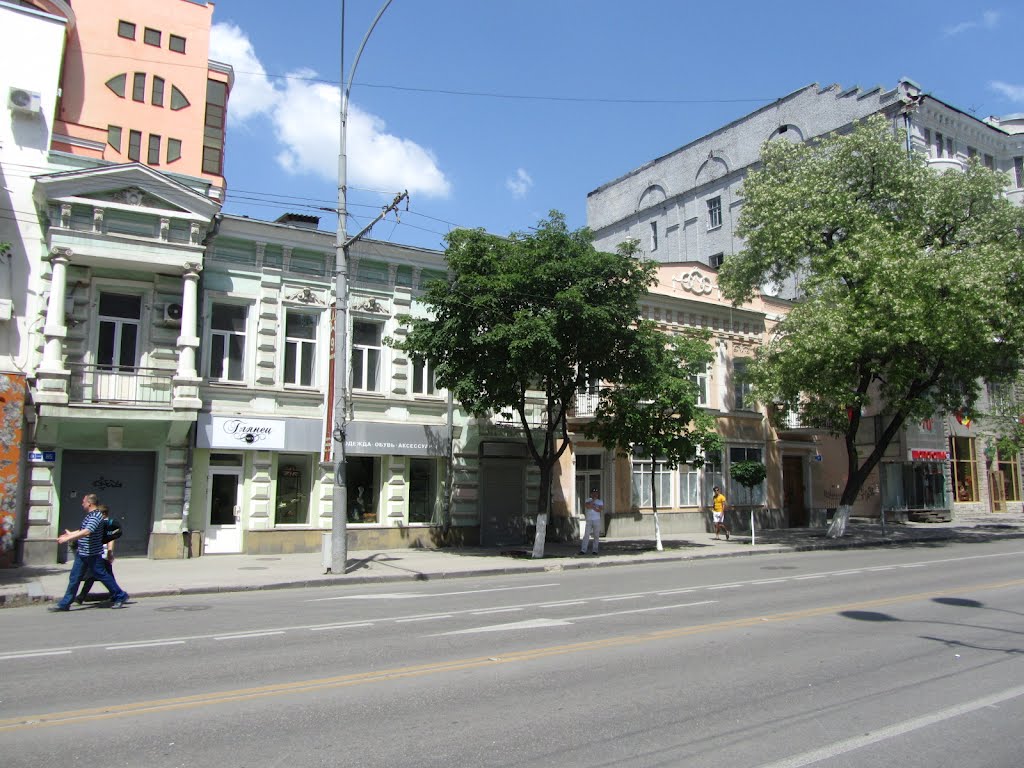
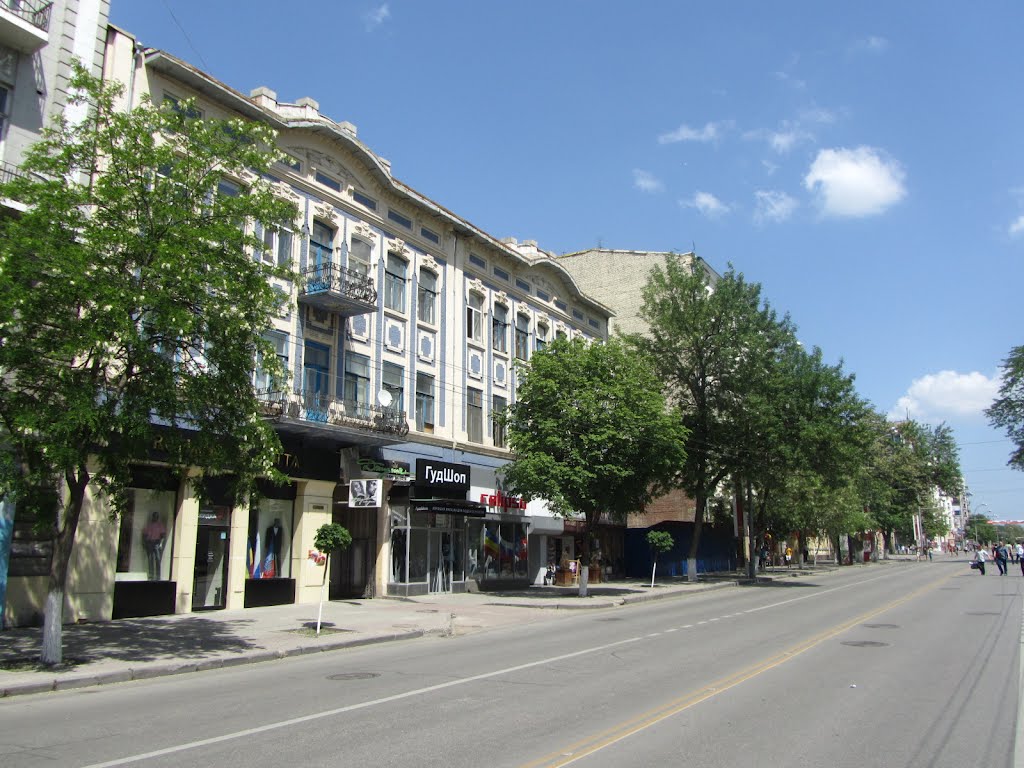
Video: Bolshaya Sadovaya Street in Rostov-on-Don
ContentsHighlights
Today, Bolshaya Sadovaya Street has become one of the city’s popular attractions, which is why it is often referred to as “Rostov’s Broadway”. People come here to admire the beautiful old mansions, profitable houses, buildings of the City Duma and Volzhsky-Kamsky Bank. Picturesque buildings are erected in the traditions of Empire, eclecticism and Art Nouveau, have a rich finish and have the status of architectural monuments.
.
Many tourists visit Bolshaya Sadovaya Street in Rostov-on-Don to visit the Musical Theater, Philharmonic Hall and the Regional Museum of Local Lore – one of the largest museums in Southern Russia. The street is adjacent to green areas and parks where city residents like to relax – the Central City Park named after A. M. Gorky, the green Square of Soviets, Pokrovsky Square, as well as the parks of May 1 and October Revolution.
.Along Bolshaya Sadovaya Street and on the adjacent squares are set expressive monuments “Mother and Child”, redoubt of St. Alexander Nevsky, a memorial to the founders of the fortress of St. Dmitry Rostovsky, monuments to the Russian Empress Elizabeth Petrovna and Mikhail Lomonosov. There are also unusual monuments here – the monument to the Vodoprovod, the Merchant and the elegant sculpture of the Flower Girl.
.History of Bolshaya Sadovaya Street
The street first appeared on the plan of Rostov-on-Don in 1781. At this time, on the initiative of Empress Catherine II, the redevelopment of cities was taking place throughout the country. The authorities tried to allocate the main city center and lay straight highways to it.
.
On the general plan at the beginning of the XIX century the street was named Zagorodnaya, and along its odd side stretched gardens. There was also a horse bazaar, a nursing home, and slaughterhouses. Garbage and sewage were taken to this part of the city.
.By the mid-19th century, Bolshaya Sadovaya Street became the central street in Rostov-on-Don. Kerosene lanterns were installed on the street and water pipes were piped. In 1868 multi-passenger carriages traveled along the street, and 19 years later – the concourse. At the very beginning of the last century, a streetcar ran here, which did not run on horse traction, but on electricity.
.
The development of Bolshaya Sadovaya Street in Rostov-on-Don took place gradually. In the XIX century, merchant families preferred to live on Moskovskaya and Pochtovaya Streets and were in no hurry to develop new places. At the turn of the XIX-XX centuries there was a construction boom. Fashionable 4-5-storey mansions and luxurious stores with large glass windows began to be erected here. Beautiful houses grew one after another and often bore the names of the owners.
.
The unique look that the street had at the beginning of the last century was largely lost during the Revolution, the Civil War and the Great Patriotic War. Some old buildings were destroyed and others were subjected to poor quality reconstruction. Today, the lost mansions can be seen only in old photographs, which are kept in museum halls or by collectors.
.The most interesting buildings
At the beginning of Bolshaya Sadovaya Street in Rostov-on-Don there are several picturesque revenue houses of the late 19th century. The mansion of A. Z. Argutinsky-Dolgoruky (house No. 10) was built in Art Nouveau traditions, and the house of Margarita Chernova (house No. 27/47) – in the style of intricate eclecticism. Stucco decorations – medallions, vases, sea shells, plant ornament of caryatids and garlands – have been preserved on the facades of many buildings.
House No. 33 was the former building of the Warsaw University. The building was built in the traditions of modernism, but the rounded main facade has signs of classicism. In the middle of the last century on the street built a residential house № 43/32 and the building “Rostovenergo” (house № 49).
.
At the end of the street are preserved beautiful mansions of the early XX century: income houses Tokarev (house № 106/45) and Sarievs (house № 94), the Main Building of the Southern Federal University (house № 105) and the building of the State Bank (house № 98/22).
.Museum
The Regional Museum of Local Lore is located in house No. 79 on Bolshaya Sadovaya Street in Rostov-on-Don. In its halls you can get acquainted with the history, nature and culture of Rostov lands. Rare archeological finds discovered during excavations of the Don barrows are exhibited here. These are household items and jewelry made of gold and silver from the IV century BC to the VIII century AD. Of great interest are the collections of numismatics, ethnography, as well as sections of the museum relating to the merchant history of Rostov-on-Don and the Great Patriotic War period.
.
For visitors, the doors of the Regional Museum of Local Lore are open any day, except Monday, from 10.00 to 18.00. The ticket office stops working half an hour before closing time.
.
How to get there
Bolshaya Sadovaya Street of Rostov-on-Don stretches in the central part of the city. This street can be reached by buses No. 3, 3A, 7 33, 67, 70, 75, 80, 98 and trolleybuses No. 1, 2 and 22.
.